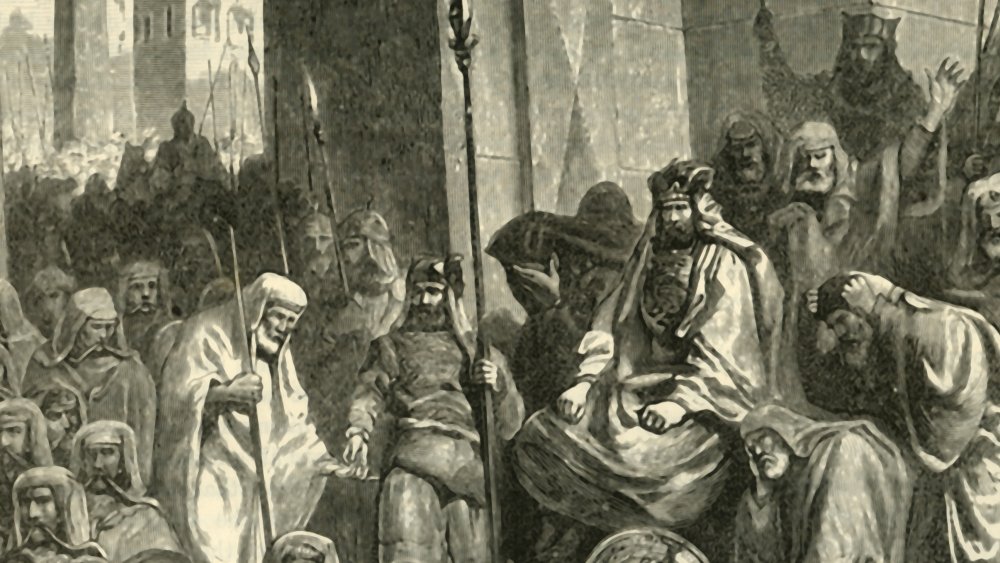The Truth About The Lost Army Of The Persian Empire
Archaeological digs can shed some light on long-held theories, even ancient ones. So when archaeologists discovered human bones in the Sahara desert, they thought they had finally found a Persian army lost to the sands centuries ago, ultimately solving an ancient mystery.
As the story goes, around 524 B.C., an army of about 50,000 vanished in the Egyptian desert seemingly into thin air, writes Nature World News. The army was commissioned by the Persian king Cambyses II who was in the middle of a campaign to conquer Egypt. According to Sci News, Cambyses II sent the army to destroy the Oracle of Amun at the Siwa Oasis after they refused to legitimize his claim to the realm. But when the men entered the desert near Luxor, a sandstorm suddenly swept around them, burying all 50,000 men in a wave of sand. The tale was generally considered to be myth, but that didn't stop many amateur and professional archaeologists who were sure there was more to it. Greek historian Herodotus's account, written 75 years after the fact, led many to accept the legend as fact, stating: "A wind arose from the south, strong and deadly, bringing with it vast columns of whirling sand, which entirely covered up the troops and caused them wholly to disappear."
Competing theories abound
While it had been confirmed that the army did exist and disappeared, researchers didn't exactly see eye to eye on what happened to them. Competing theories on the army's disappearance were put forward.
In 2009, two Italian archaeologists reported findings that seemed to confirm the army died in the desert after they were beset by a sandstorm. The researchers found bronze weapons, silver bracelets and hundreds of human bones near a natural shelter reports NBC News. But according to Ancient Origins, other archaeologists didn't take them seriously as the findings were announced via a documentary directed by filmmakers who made several controversial "shockumentaries" on Africa.
In 2014, an Egyptologist from the University of Leiden revealed that he believed the army did not die in a sandstorm but was rather defeated in a battle, writes Sci News. Olaf Kaper, the Egyptologist, said the area where bones were found near the ruins of an ancient stronghold of an Egyptian rebel leader Petubastis III. Kaper explained it's rare people die en masse in a sandstorm, so it was more plausible the army was ambushed by Petubastis's men in a skirmish. Kaper added the sandstorm myth was perpetuated as a piece of propaganda by Cambyses II's successor Darius I, who would eventually quell the Egyptian revolt two years later.
Whether the remains found were indeed from the army remains unclear, but one thing's for sure: Darius was a spin doctor ahead of his time. At least the army didn't live long enough to see the end of the Persian Empire.

